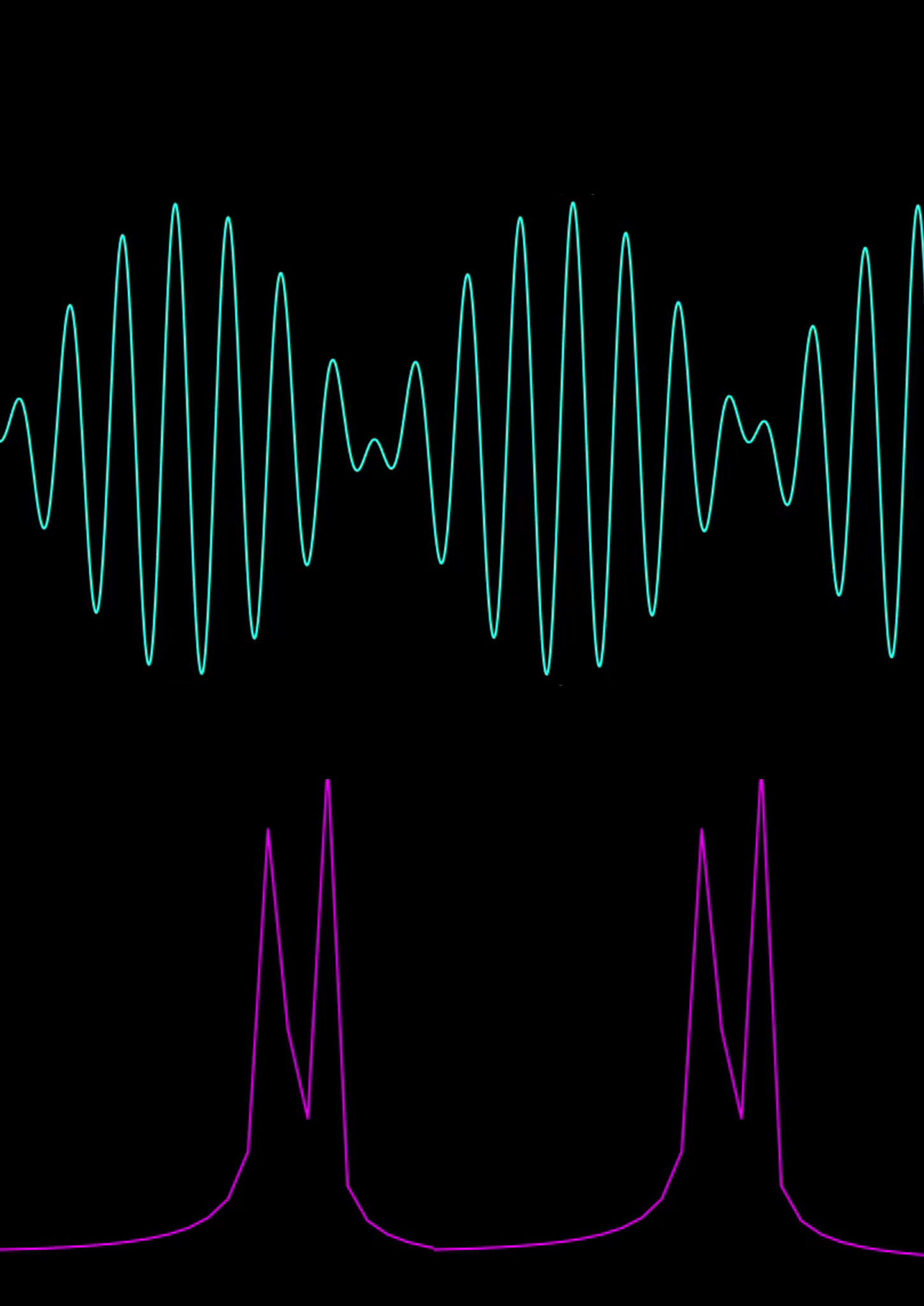
QUBIT AI: Quantum Computer
FILE 2024
International Electronic Language Festival
SENAI – Quantum Computer – Brazil
A quantum computer generates a random qubit, represented by the Bloch sphere.
The properties of this qubit are converted into an audio signal using a Python script, making them audible and visible in a accompanied by its spectrum.
Credits
Director of the SENAI Unit Paulo Skaf: Gustavo Henrique da Silva
Technical Advisor: Eunezio Antonio de Souza (Thoroh)
Interface and Text Development: Vinicius De Martin Viude



